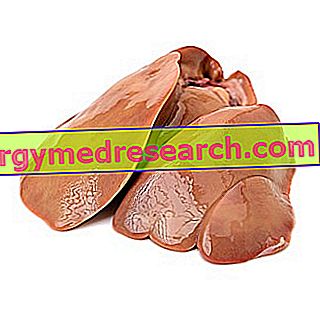Related articles: Morton's neuroma
Definition
Morton's neuroma is a pathology of the foot that affects the interdigital nerves. These run below and in the midst of the metatarsals up to the phalanges, to innervate the fingers.
Morton's neuroma can be caused by repeated trauma and foot deformities that involve a nervous traction. The use of narrow or high-heeled shoes and the constant stresses to the foot can also be arranged. For this reason, Morton's neuroma is very common among those who practice dance and play soccer.
The pathology can occur at any age, but it is more common among women aged 40 to 50 years.
Morton's neuroma is frequently unilateral, but the simultaneous involvement of both feet is not excluded. The neuroma mostly affects the 3rd interdigital space, while the involvement of the nerve between the first and second metatarsus is less frequent.
Most common symptoms and signs *
- Foot pain
- Hypoaesthesia
- Metatarsalgia
- Nodule
- Paresthesia
- Swollen and tired feet
Further indications
Morton's neuroma manifests itself with burning or stabbing pain in the forefoot and between the toes, accompanied by tingling and numbness.
Walking, patients often feel the presence of a foreign body in the shoe.
In the affected area, a slight depression appears due to the persistent benign dilation of the perinervium.
When the forefoot is compressed on both sides, a "click" is heard at the space affected by the neuroma and a sharp pain is exacerbated (Mulder's sign).
Sometimes, it is also possible to palpate a mass that corresponds to the neuroma itself or to an associated synovial cyst.
The diagnosis is usually clinical, as the symptoms are often specific. Morton's neuroma is confirmed by the tenderness to plantar palpation of the interdigital space and by the burning irradiation caused by the pressure between the metatarsal heads. MRI can be useful to exclude other lesions of the interdigital space or arthrosis that cause similar symptoms.
Treatment may include the use of appropriate footwear, orthoses, orthotics and perineural corticosteroid infiltrations. If these conservative approaches are ineffective, surgical nerve excision can lead to remission of the condition.



